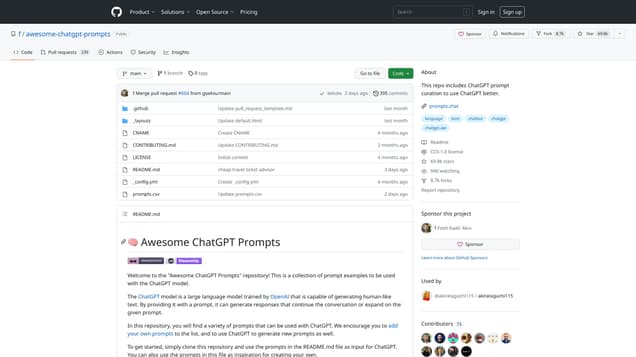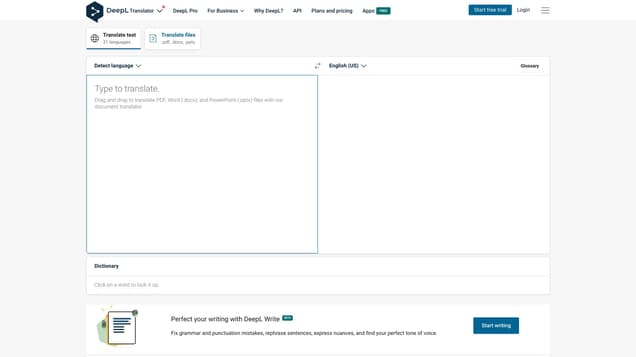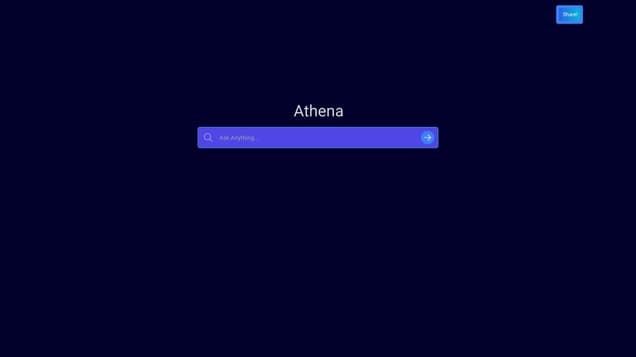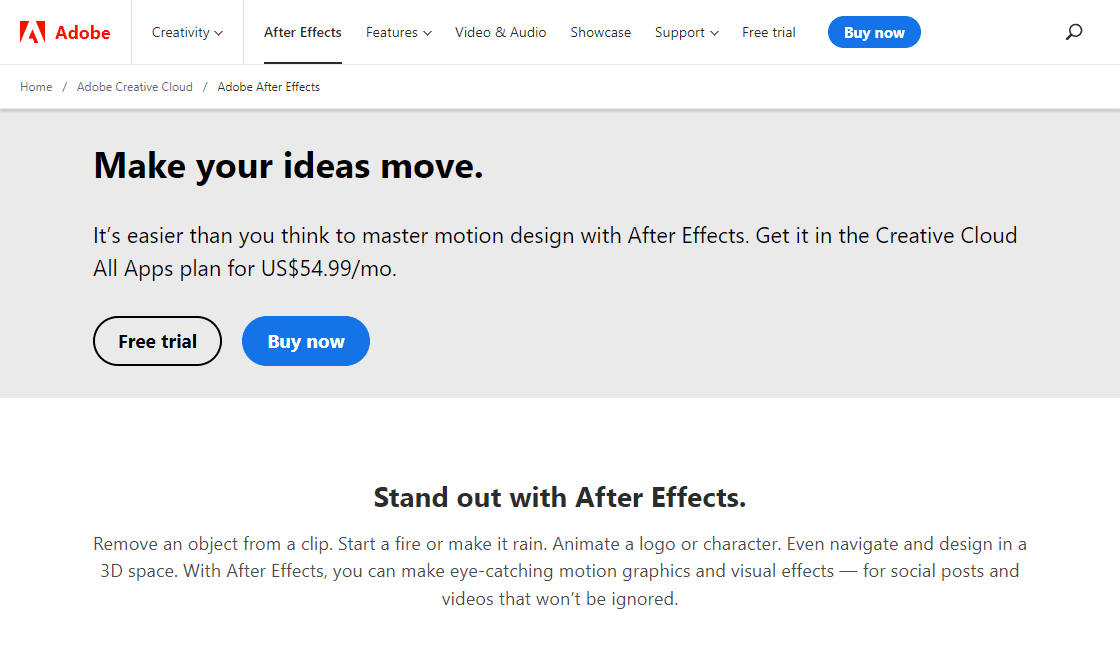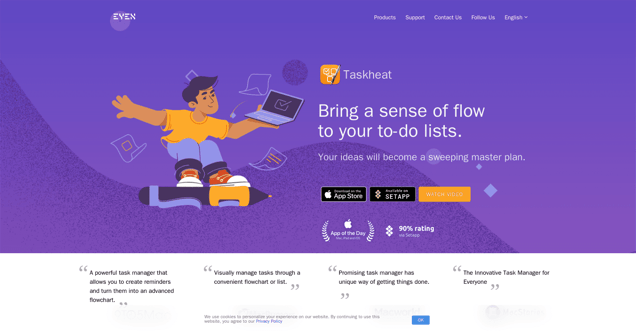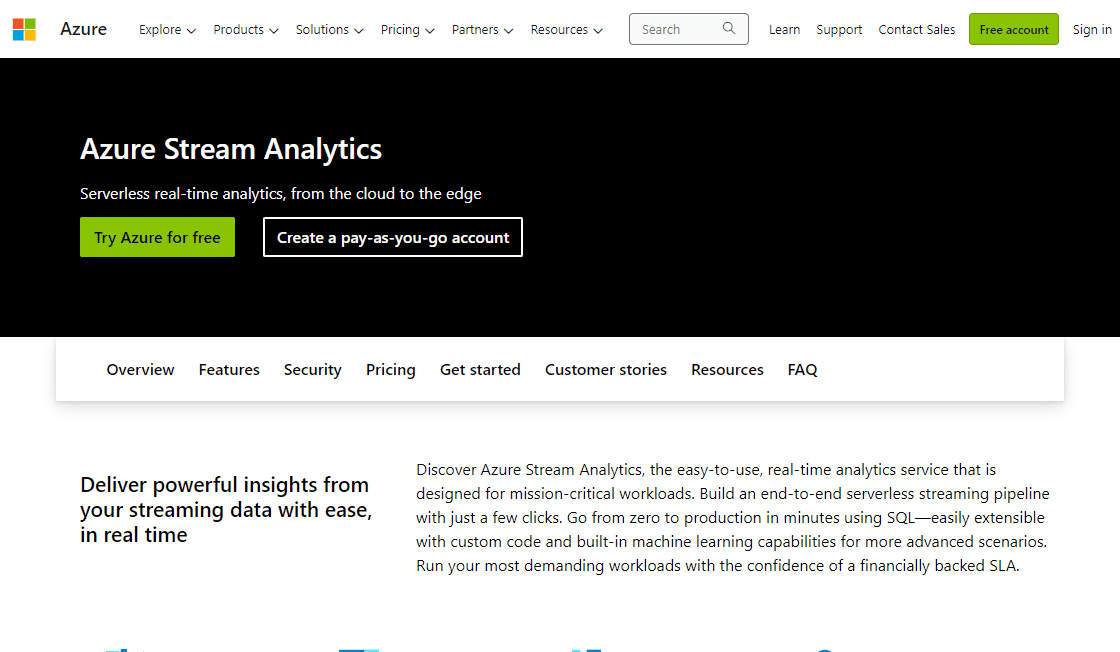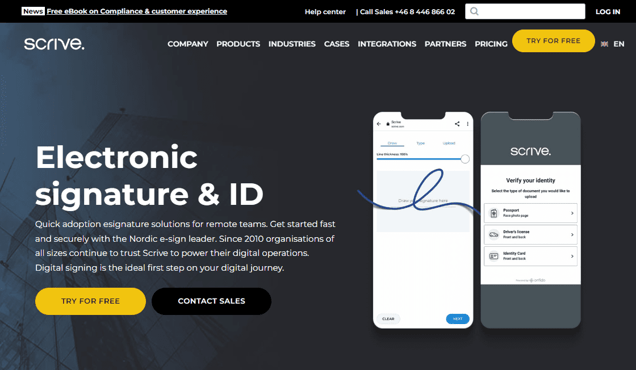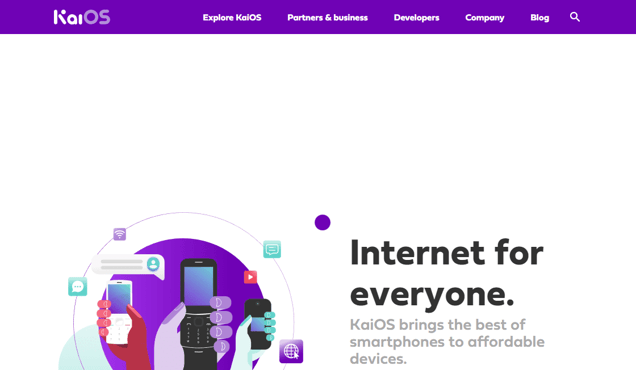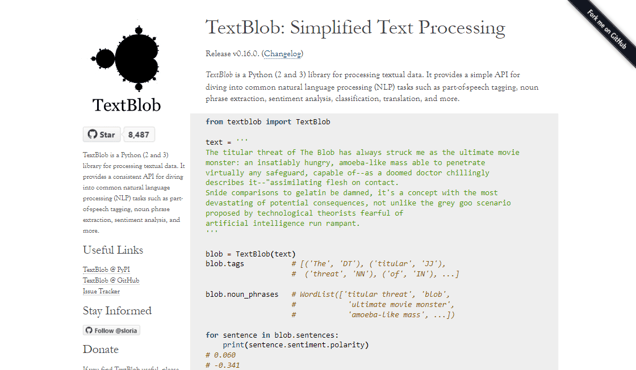
What is TextBlob?
TextBlob is a Python library that offers advanced natural language processing (NLP) capabilities. It simplifies the process of text analysis and enables the development of powerful and insightful applications. By using TextBlob, developers can efficiently analyze text, determine sentiment, identify language, and recognize named entities. Additionally, it provides robust tools for tokenization, part-of-speech (POS) tagging, noun phrase extraction, and more. The library is user-friendly and specifically designed to streamline NLP tasks. TextBlob is the perfect choice for developers seeking to build applications that can comprehend natural language and provide valuable insights. With its extensive features and intuitive interface, TextBlob revolutionizes the field of NLP, making it more accessible and effortless than ever.
Information
- Price
- Contact for Pricing
Freework.ai Spotlight
Display Your Achievement: Get Our Custom-Made Badge to Highlight Your Success on Your Website and Attract More Visitors to Your Solution.
Website traffic
- Monthly visits27.77K
- Avg visit duration00:02:01
- Bounce rate50.71%
- Unique users--
- Total pages views48.78K
Access Top 5 countries
Traffic source
TextBlob FQA
- What tasks can TextBlob perform?

- What libraries does TextBlob use?

- How can I install TextBlob?

- Is TextBlob compatible with both Python 2 and 3?

- Are there any available extensions for TextBlob?

TextBlob Use Cases
TextBlob is a Python library for processing textual data.
It provides a simple API for common natural language processing tasks such as part-of-speech tagging, noun phrase extraction, sentiment analysis, and more.
You can use TextBlob to tokenize text, extract noun phrases, perform sentiment analysis, and classify text using Naive Bayes or Decision Tree algorithms.
TextBlob also supports word and phrase frequencies, parsing, n-grams, word inflection and lemmatization, spelling correction, and WordNet integration.
You can install TextBlob using pip and download additional corpora.
To get started, you can follow the Quickstart guide which provides examples of creating a TextBlob, performing part-of-speech tagging, extracting noun phrases, and analyzing sentiment.
There is also a tutorial on building a text classification system using TextBlob.
Advanced users can override models and use the Blobber class for more customization.
TextBlob also supports extensions for additional functionality.
For more details, you can refer to the API reference which provides information on various classes and modules used in TextBlob.

